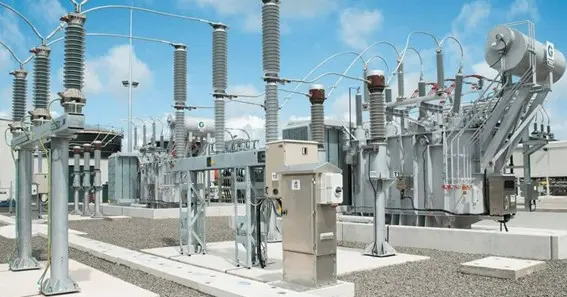In the context of electrical substations, the acronym ISD stands for Integrated Substation Design. This approach involves the comprehensive integration of various substation components and systems to optimize performance, enhance safety, and streamline operations.
The Role of Integrated Substation Design (ISD)
Integrated Substation Design encompasses the holistic planning and implementation of substation infrastructure, including:
- Electrical Equipment: Transformers, circuit breakers, and switchgear.
- Control Systems: Supervisory Control and Data Acquisition (SCADA) systems for monitoring and control.
- Protection Mechanisms: Relays and fault detection systems to safeguard the network.
- Communication Networks: Protocols and systems facilitating data exchange between components.
By integrating these elements, ISD aims to create a cohesive system that operates efficiently and reliably.
Benefits of Implementing ISD in Substations
- Enhanced Reliability: A unified design reduces the likelihood of component incompatibility, leading to fewer operational failures.
- Improved Safety: Integrated protection systems promptly detect and isolate faults, minimizing risks to personnel and equipment.
- Operational Efficiency: Streamlined processes and centralized control facilitate easier maintenance and quicker response times.
- Cost-Effectiveness: Standardized designs and components can lower construction and maintenance costs.
Applications of ISD in Modern Substations
- Smart Grid Integration: ISD supports the incorporation of smart technologies, enabling real-time monitoring and adaptive control.
- Renewable Energy Accommodation: Facilitates the seamless integration of renewable energy sources by managing variable inputs effectively.
- Scalability: Allows for future expansions or upgrades with minimal disruption to existing operations.
Conclusion
Integrated Substation Design (ISD) plays a pivotal role in modernizing electrical substations, ensuring they meet contemporary demands for reliability, safety, and efficiency. By adopting ISD principles, utilities can enhance their infrastructure to better serve the evolving needs of the power grid.
FAQ
- What does ISD stand for in substations?
- ISD stands for Integrated Substation Design.
- Why is ISD important in substation development?
- ISD ensures that all components and systems within a substation are cohesively integrated, enhancing performance and safety.
- How does ISD contribute to smart grid initiatives?
- ISD facilitates the integration of advanced technologies, enabling real-time monitoring and adaptive control essential for smart grids.
- Can existing substations be upgraded to incorporate ISD principles?
- Yes, existing substations can be retrofitted with integrated designs to improve their functionality and efficiency.
- What are the cost implications of implementing ISD?
- While initial investments may be higher, ISD can lead to long-term cost savings through improved efficiency, reduced maintenance, and enhanced reliability.
Check out this insightful post enhancing-your-hr-strategy-with-recruitment-tracking-and-hr-recruitment-software
- While initial investments may be higher, ISD can lead to long-term cost savings through improved efficiency, reduced maintenance, and enhanced reliability.










